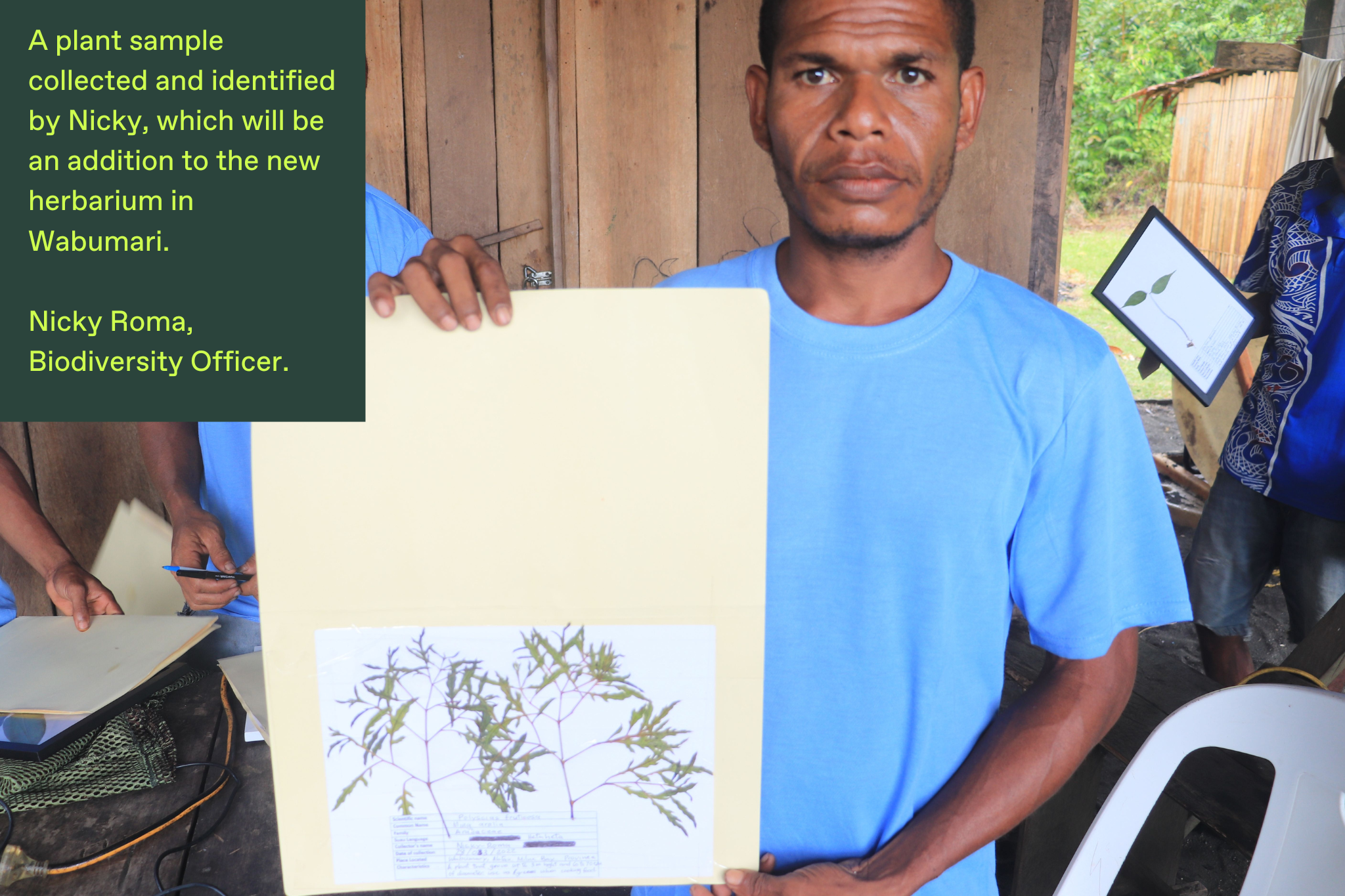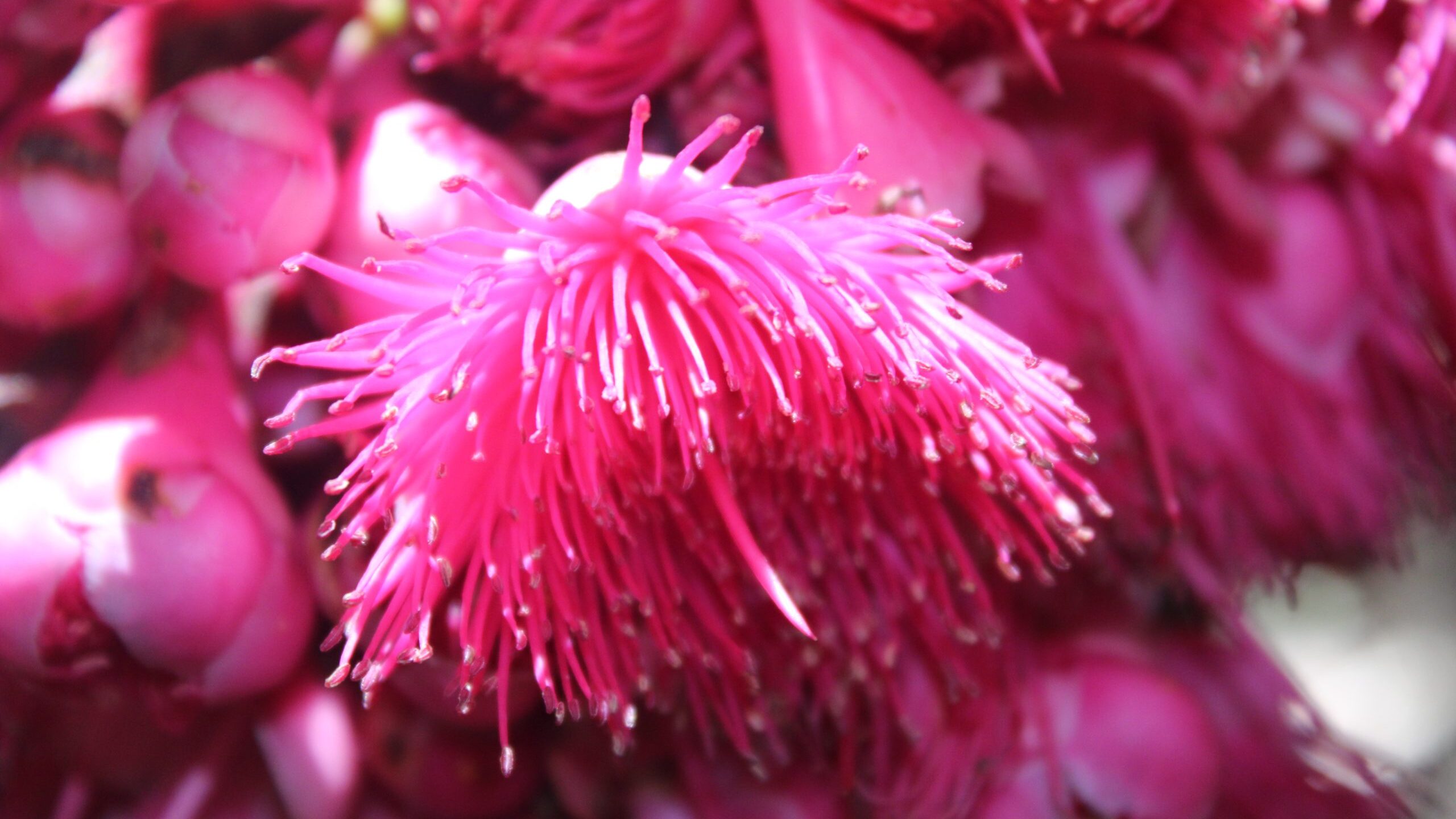
Incredible Plant Biodiversity in Papua New Guinea
New Guinea is a biodiversity hotspot especially when it comes to plants.
New Guinea, the second largest island on Earth is home to a huge range of habitats including:
- Lowland and mountainous forests
- Vast river systems and wetlands, including over 500 lakes
- Savanna
- Coastlines, with over 800km of mangrove forest
- ️Coral reefs and atolls (ring-shaped islands)
It’s no surprise that it’s one of our planet’s most incredible biodiversity hotspots. With so many different habitats on one island, there’s somewhere for all life to thrive.
In the first of this series, we explore New Guinea’s biodiversity through the island’s plants. A 2020 study concluded that New Guinea was home to a whopping 13,634 different species of plant from 264 families.
That’s more plant species than any other island on the planet.
If that wasn’t enough, new plant species are still being discovered. Over the next 50 years, it is expected that up to 4,000 more species could be added to this ever-growing count.
The third largest tropical rainforest can be found in New Guinea (third only to the Amazon and Congo Basin), and 29% of the island’s plant species are trees.
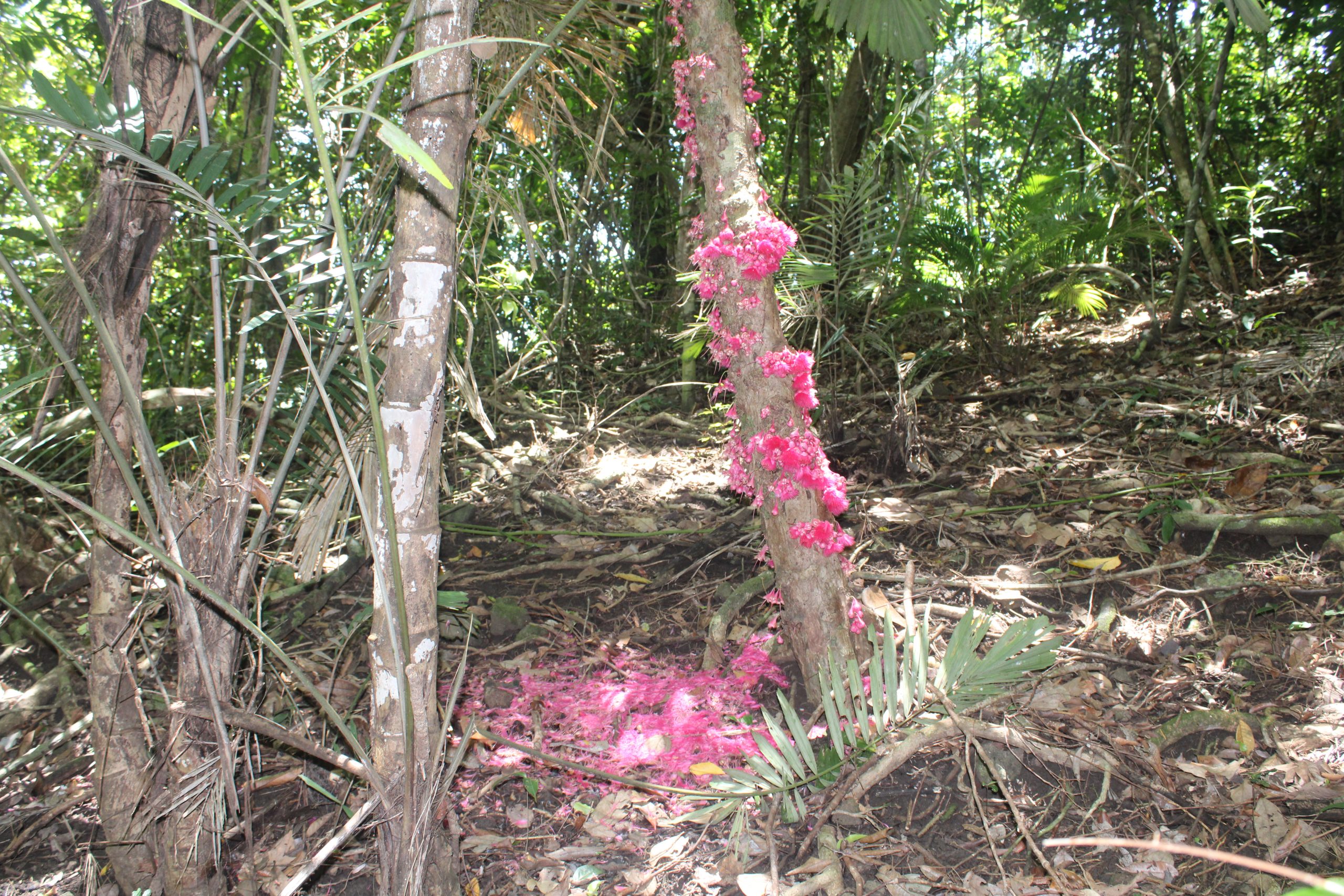
More than just trees.
The remaining 71% of plant species are made up of non-tree species such as ferns, herbs, palms, air plants and climbing plants.
If you’re into orchids, New Guinea is the place for you. It is home to 2,856 species (2,464 of which are unique to New Guinea), that’s 21% of the island’s entire plant diversity and 10% of the global species.
What makes this island even more special is that 68% of its entire plant species, including 71% of its flowering plants (known scientifically as angiosperms) are endemic – they are found nowhere else in the world.
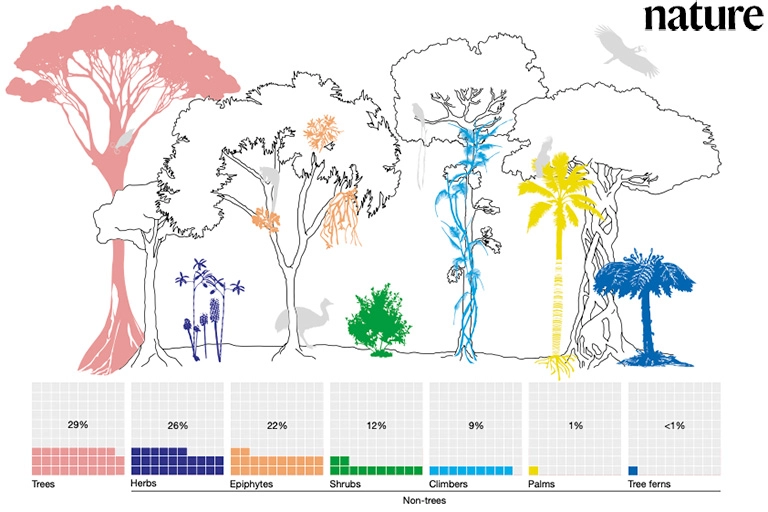
Being an island of rarity makes its species vulnerable to extinction.
Some of these species are so specific to tiny regions, that if one patch of rainforest is cleared a species can be lost forever.
Since 2002, 1.15 million hectares of primary forest and almost 2 million hectares of the island’s overall tree cover has been destroyed.
Understanding New Guinea’s plant diversity is incredibly important, but there are limited opportunities for local, resident, plant taxonomists.
However, there is a wealth of knowledge held by non-academically trained, local people; and their indigenous knowledge is essential to the conservation of New Guinea’s plants. Therefore, the scientific community needs a shift in focus away from external taxonomists and a move towards locally driven science. This can include local training, knowledge sharing and developing careers for parataxonomists and paraecologists.
Before we continue lets bust some jargon
Taxonomist: Let’s start with taxonomy, this is the science of identifying, describing, naming and classifying all living and extinct things known as organisms (Read more). A taxonomist is a scientist whose job is to identify, describe, classify, and name organisms.
Parataxonomist: Following on nicely, parataxonomists are professionals with local knowledge and training in taxonomy science.
Paraecologist: And, finally, a paraecologist is also a professional with local knowledge, who has had training in ecological science.
Both parataxonomists and paraecologists contribute to scientific research and bridge the gap between science and local communities (find out more here).
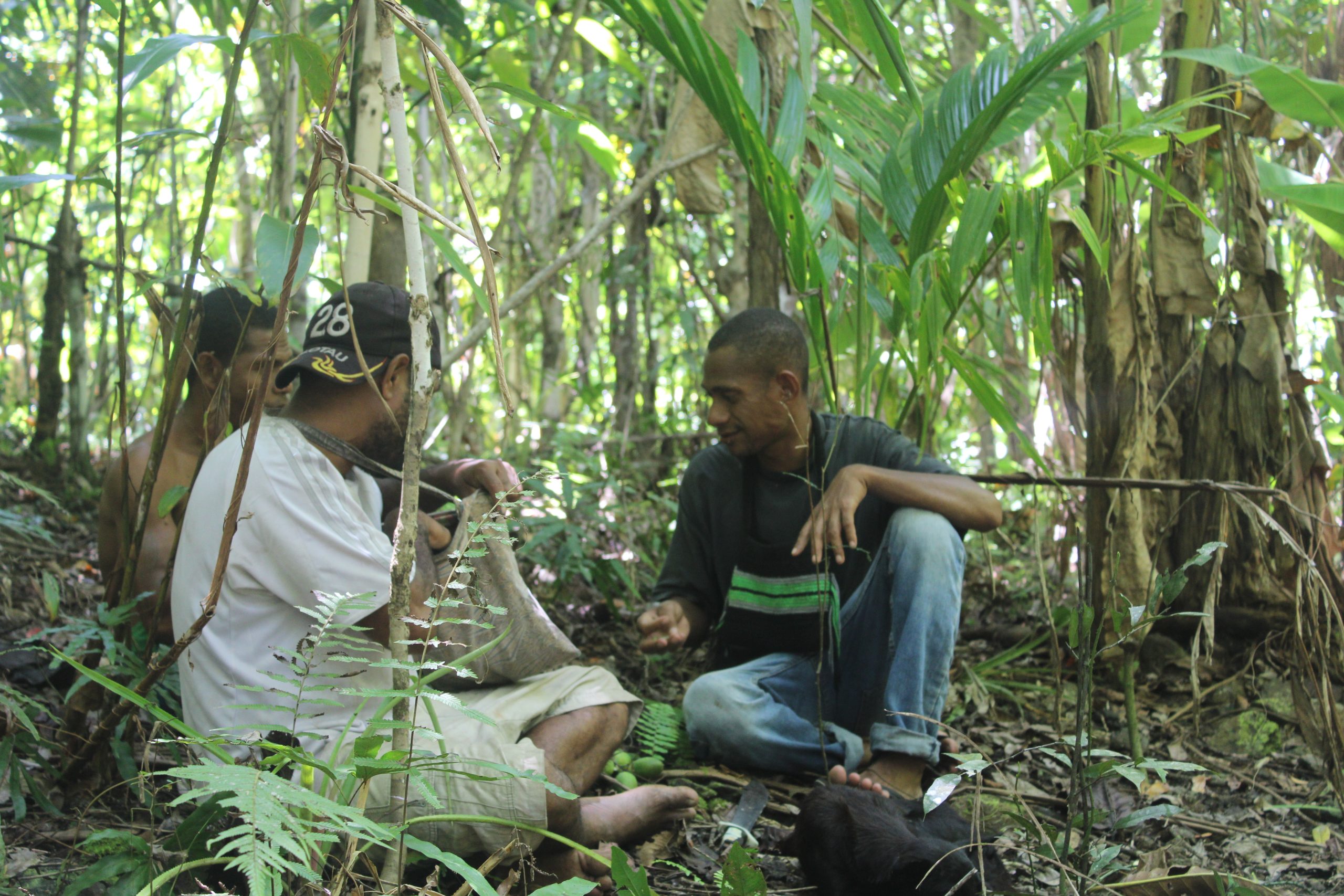
Local knowledge is invaluable.
Our partners in Wabumari, Papua New Guinea, are already strides ahead. The paraecologist training programme run by Clifford Yaee, Cool Earth’s Research and Forest Monitoring Coordinator, is already well underway and proving to be a great success.
Training creates future conservation leaders.
This is done through knowledge exchanges between local people and scientists, data collection from forest monitoring, future planning and decision making. You can read more about this in our blog here.
As we continue to scale up and pilot our Rainforest Labs Project, the community of Wabumari is set to build their lab this year. Their lab will consist of an office housing monitoring equipment, a conference room for sharing knowledge and ideas and excitingly, a herbarium, for all things plant knowledge.
A herbarium is a stored collection of preserved and labeled plant and seed samples (want to know more?). The Wabumari herbarium will be a hub to store and study samples collected from the local area.
The community of Wabumari and the Cool Earth team couldn’t be more excited to get this project off the ground.
